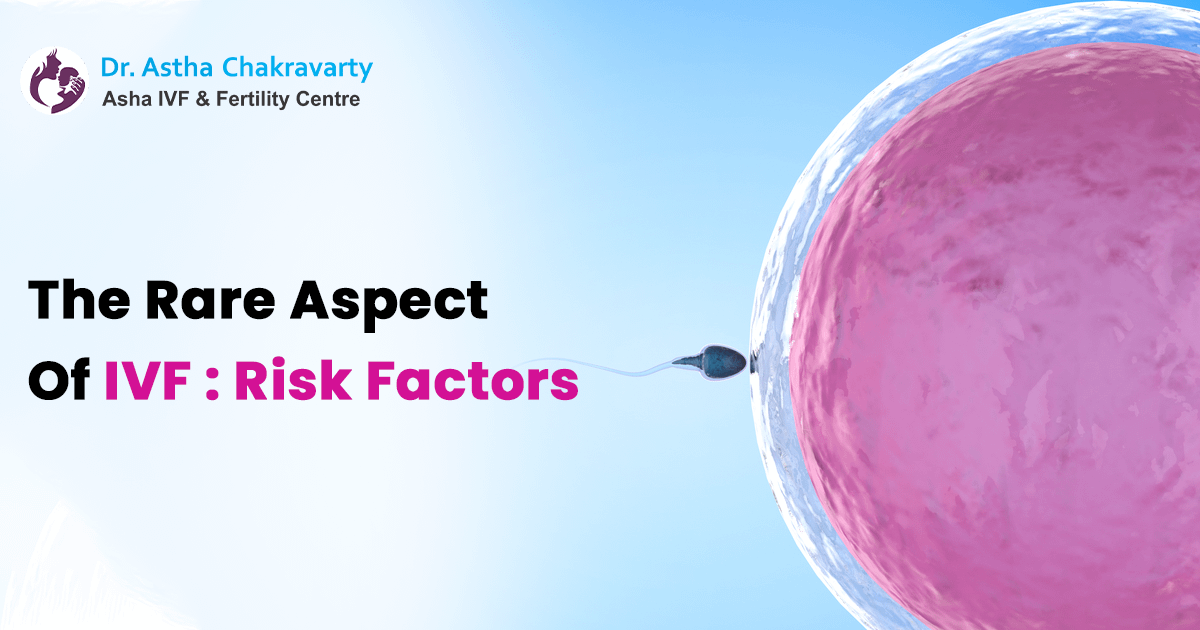
Some women face a lot of difficulties in conceiving. According to a survey, about 6.7 percent of women suffer from fertility problems. There are many different reasons for fertility. Infertility can happen not only in women but also in men and it makes it difficult to conceive.
Medical science has introduced the IVF procedure to give the happiness of a child to an infertile couple. In this procedure, the egg is removed from the woman’s ovary and fertilized in the lab with the man’s sperm. After fertilization, the prepared embryo is transferred to the woman’s uterus. There are many steps involved in the process of IVF, so let us understand IVF Treatment Step by Step in detail.
Injections for excessive egg development
Initially, when a couple goes for IVF, the specialist starts with retrieving the eggs. They stimulate egg development by Injections (stimulating drugs) in women’s ovaries for maximum development of eggs. More eggs increase the chances of IVF being successful.
Egg hatching process
After 10 to 12 days of the injection, the developed egg is retrieved with the help of a special suction mechanism. During this procedure, the woman is given anesthesia so that she does not feel pain. Then eggs are placed in a test tube. Then after 20 hours, it is checked whether the process was successful or not. The best eggs are selected for transfer.
Sperm or semen sample
After the egg is retrieved, a sample of the male’s sperm is taken. This sample is sent to the lab for testing. After testing the sperms, the best and healthy sperm are selected for fertilization.
Fertilization of egg and sperm
Fertilization is done after the eggs and sperm have been obtained. There are two ways to fertilize an egg, in vitro fertilization (IVF), where the egg and sperm are placed in a Petri dish for fertilization; or intracytoplasmic sperm injection (ICSI) in which a single sperm is injected into the cytoplasm of an egg.
Embryo Culture
After fertilization of the egg and sperm, the embryo is placed in the incubator, where the embryo gets the proper environment to develop and grow. The embryo develops into the blastocyst stage on the fifth day after fertilization and till then it remains under the supervision of an embryologist.
Embryo Transfer
Once the embryo develops to the blastocyst stage, it is transferred to the uterus with the help of a catheter. After the embryo is transferred to the uterus, it gets implanted in the lining of the uterus.
Confirmation of pregnancy
And after two weeks, the beta-HCG (human chorionic gonadotropin) hormone is checked by a blood test to see whether the fetus is stable or not. If the fetus is stable and all reports are good then your IVF is successful.
Are you seeking help for IVF or fertility treatment, plan your visit to Best IVF Clinic in Faridabad, Asha IVF, and the fertility center. We are committed to providing compassionate and ethical fertility treatment.
Source Link: https://drasthachakravarty.com/ivf-stages-and-procedure/

